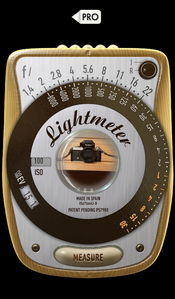Pieter12
Member
If I read a review on a vintage Nikon lens reviewed with a digital camera, showing it to have poor performance, I might not purchase the lens when it will be a great performer with film…!
Who is reviewing film lenses on digital gear? Some bozo on youtube?








